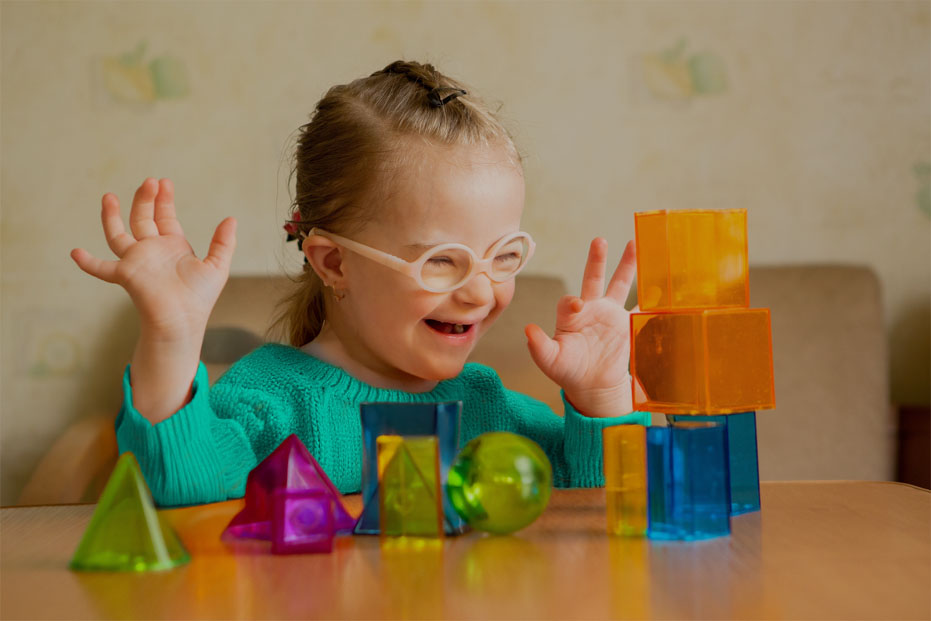Sometimes, parenting can feel like a constant juggling act to meet our children’s needs without dropping the ball, accompanied by a lively soundtrack of did-you-eat-supper-where-are-your-shoes-why-aren’t-you-in-the-bath-yet?
Amidst the whirlwind, it can be challenging to prioritize nurturing another essential aspect of our children’s development: their emotional intelligence.
Yet emotional intelligence is among the greatest gifts we can offer our children. Their ability to understand and manage emotions will not only profoundly influence their long-term success but also deeply affect the way they interact with the world and others.
So, how can we foster emotional intelligence? Let’s explore a few common behaviors worth reconsidering.
Instead of leaving emotions unspoken, try labeling them.
Children often struggle to articulate what’s bothering them because they lack the vocabulary to describe their feelings. By providing a name for their emotions, you help them make sense of their feelings and learn to express themselves effectively. You can help them by labeling their emotions.
For example, if your child is throwing a tantrum because they can’t have a toy, you might say, “I can tell you’re feeling angry because you really wanted that toy.”
This allows them to make sense of their feelings, ultimately helping them learn to express themselves more clearly.
Tip: If your child struggles to express himself verbally, try using an emotion wheel and asking them to identify the emoji that best matches how they feel.
Instead of minimizing feelings, try validating them.
Comments like “Don’t you think you’re being a little dramatic?” or “That’s not worth getting so upset about” can undermine your child’s emotions.
All emotions — even negative ones — are an inevitable part of the human experience. Ignoring them doesn’t make them go away; it just communicates that they shouldn’t be spoken about.
Use phrases like “I understand you’re upset” or “It’s okay to feel sad” to convey that their feelings are real and important to you, help them feel valued, and strengthen their self-awareness.
It’s important to note that validating your child’s feelings doesn’t mean you approve of their behavior — more on this below.
Instead of problem-solving, try active listening.
When our children face problems, our parental instincts kick into high gear. We hate seeing our children in distress and naturally want to make things “all better” — and quickly. But as adults, we know how frustrating it can be when someone offers a solution while we just want to vent.
Instead of immediately trying to solve their problem, take the time to listen actively and really understand what your child’s going through. And while it may be tempting to swoop in and fix everything, allowing them to resolve their own challenges when appropriate builds confidence in their ability to tackle challenges and problem-solve.
Tip: Some children might find it easier to “discuss” their feelings nonverbally. If this sounds like your child, you can try encouraging them to draw, journal, or write a story about their feelings.
Instead of immediate discipline, try compassionate discipline.
It’s important to address inappropriate actions without dismissing the underlying feelings.
For example, if your child hits a sibling out of anger, acknowledge their anger but explain why hitting is not acceptable. You might say, “I know you’re angry, but hitting is not okay. Let’s talk about what we can do next time you feel angry.” This approach helps children understand that all emotions are valid, but not all behaviors are okay.
This also allows for a powerful reframe: Your child’s misbehavior can be an opportunity for connection rather than conflict.
Remember, kids learn the most by example. Your job is to show them it's okay to feel all kinds of feelings, model how to manage emotions effectively and demonstrate how to repair when you’ve messed up. By doing this, you're not just helping them better understand their own feelings — you're laying the groundwork for a lifetime of emotional strength, confidence, and meaningful relationships.

 OPWDD Guidance
OPWDD Guidance Family Support
Family Support Services for Children
Services for Children Services for Adults
Services for Adults Services for Children 0-3
Services for Children 0-3 Adult Acute Care
Adult Acute Care











.png)



.png)













